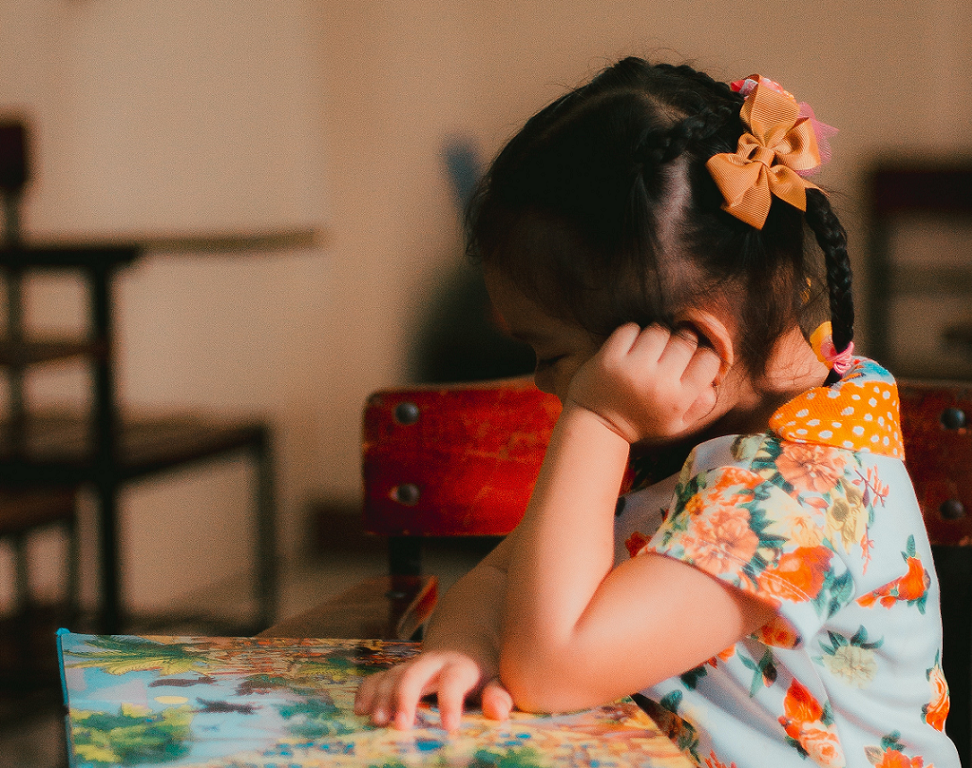
Family violence is a serious issue that affects individuals, families, and communities worldwide. It can take many forms, including physical, emotional, sexual, and financial abuse, and can have long-lasting effects on its victims. While both men and women can be perpetrators of family violence, research suggests that women are disproportionately affected by it. In this post, we will explore the reasons why women are more likely to experience family violence and what can be done to address this issue.
Gender Roles and stereotypes
One of the main reasons why women are more susceptible to family violence is the societal expectations placed upon them. Traditional gender roles often portray women as caregivers and nurturers, while men are expected to be breadwinners and providers. These roles can create an imbalance in power within relationships, where men feel entitled to control and dominate their partners. This can manifest in various ways, such as physical violence, emotional manipulation, and financial control.
Moreover, gender stereotypes can also contribute to the perpetuation of family violence. For instance, society may view men as being naturally aggressive and dominant, while women are seen as weak and submissive. These stereotypes can normalize violent behavior among men and dismiss the experiences of female victims.
Power dynamics
The unequal distribution of power between men and women in relationships is another factor that contributes to family violence. Research has shown that in heterosexual relationships, men tend to hold more power and control than women. This can stem from a variety of factors, including economic dependence, social isolation, and cultural norms. When one partner holds all the power, they may use it to manipulate, intimidate, or coerce the other into doing their bidding.
In addition, the patriarchal structure of our society can exacerbate these power imbalances. Men are often seen as the head of the household, and their authority is rarely challenged. Women, on the other hand, are often relegated to secondary roles and are not taken seriously when they speak out against violence.
Societal norms and beliefs
Certain societal norms and beliefs can also play a role in the perpetuation of family violence. For example, some cultures condone violence as a means of resolving conflicts and disciplining children. Similarly, some religious texts have been interpreted to justify wife-beating and other forms of domestic violence. These harmful attitudes and beliefs can make it difficult for victims to seek help and find support.
Furthermore, victim-blaming and shaming can discourage women from speaking out against family violence. Victims may be told that they are somehow responsible for the abuse they suffer, whether it’s because of their appearance, behavior, or failure to “keep the peace” at home. By placing blame on the victim rather than the perpetrator, society inadvertently enables abusers and silences those who need help most.
Economic factors
Financial independence is a crucial aspect of escaping abusive relationships. Unfortunately, many women remain trapped in violent situations due to economic constraints. They may rely on their abuser for financial support, lack access to education and job opportunities, or fear poverty if they leave their relationship. Economic inequality between men and women only worsens these problems, making it even harder for women to break free from abusive relationships.

Solutions
While the problem of family violence is complex, there are steps we can take to mitigate it. Here are some potential solutions:
- Education and awareness campaigns – Raising public awareness about the prevalence and impact of family violence can help change attitudes and behaviors. Campaigns should aim to challenge traditional gender roles and stereotypes, promote healthy relationships, and encourage bystander intervention.
- Support services – Providing adequate support services for victims of family violence is essential. This includes safe housing, counseling, legal aid, and financial assistance. Services should be tailored to meet the unique needs of diverse populations, including Indigenous Australians, people with disabilities, and LGBTQ+ individuals.
- Training professionals – Professionals such as police officers, doctors, teachers, and social workers must receive training to recognize and respond appropriately to family violence. This includes identifying warning signs, assessing risk, and providing appropriate referrals.
- Legal reform – Laws and policies must be strengthened to protect victims of family violence. This includes imposing harsher penalties on perpetrators, issuing restraining


